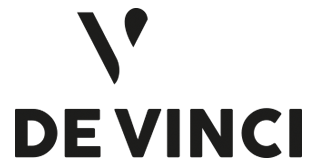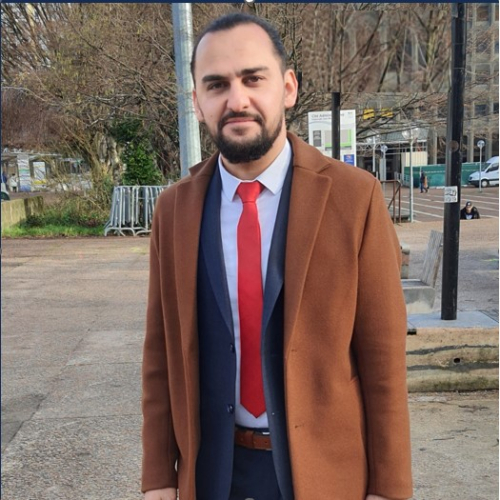@incollection{vanaei_2949,
title = {3D Printing as a Multidisciplinary Field},
author = {Hamidreza Vanaei and Sofiane Khelladi and Abbas Tcharkhtchi},
editor = {Hamid Reza Vanaei, Sofiane Khelladi, Abbas Tcharkhtchi},
url = {https://doi.org/10.1002/9781394150335.ch1},
issn = {9781394150335},
year = {2024},
date = {2024-03-01},
booktitle = {Industrial Strategies and Solutions for 3D Printing: Applications and Optimization},
volume = {1},
pages = {1-24},
publisher = {Wiley},
address = {Wiley},
abstract = {3D printing, also known as additive manufacturing, has emerged as a versatile and multidisciplinary field with widespread implications. It intersects with various domains including engineering, medicine, art, and materials science. This technology's ability to convert digital designs into physical objects layer by layer has revolutionized industries such as aerospace, automotive, and consumer goods by facilitating rapid prototyping and customization. Moreover, this technology has spurred advances in materials science through precise material manipulation, leading to innovative materials with enhanced properties. Challenges such as material limitations, process refinement, and legal concerns persist, but 3D printing's interdisciplinary nature continues to drive transformative advancements across various sectors. Therefore, multiphysics optimization plays a pivotal role in advancing the realm of 3D printing by addressing the intricate balance between conflicting design objectives. In this innovative manufacturing process, where material properties, structural integrity, print speed, and cost-effectiveness often collide, multiphysics optimization emerges as a critical tool. It allows designers and engineers to systematically explore a vast design space, enabling the identification of optimal solutions that consider not only a singular objective but also a spectrum of interrelated goals. By optimizing factors such as layer thickness, infill density, and printing speed, practitioners can achieve outcomes that strike harmonious equilibrium between strength, quality, and efficiency. Ultimately, the integration of multiphysics optimization into 3D printing catalyzes the creation of functional and intricately designed objects, revolutionizing industries ranging from aerospace to healthcare and redefining the boundaries of additive manufacturing possibilities.},
note = {PDF not available: Copyright},
keywords = {},
pubstate = {published},
tppubtype = {incollection}
}
















